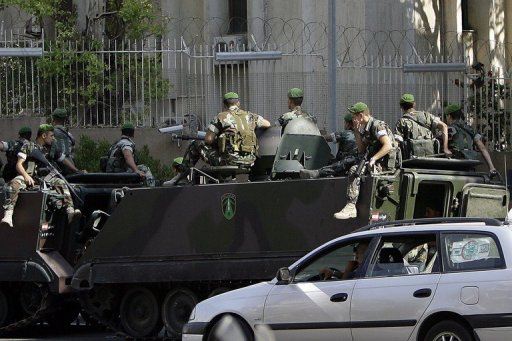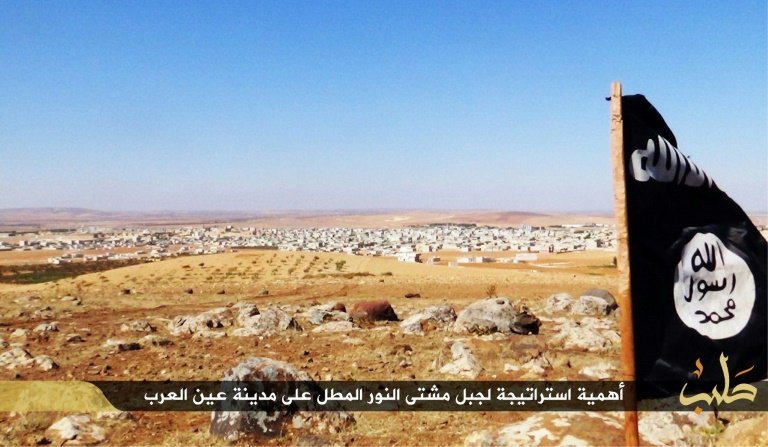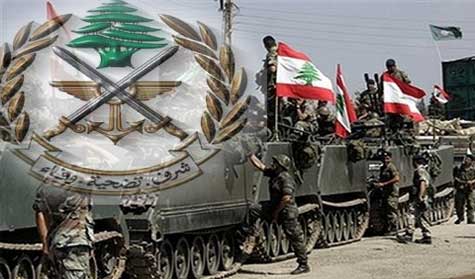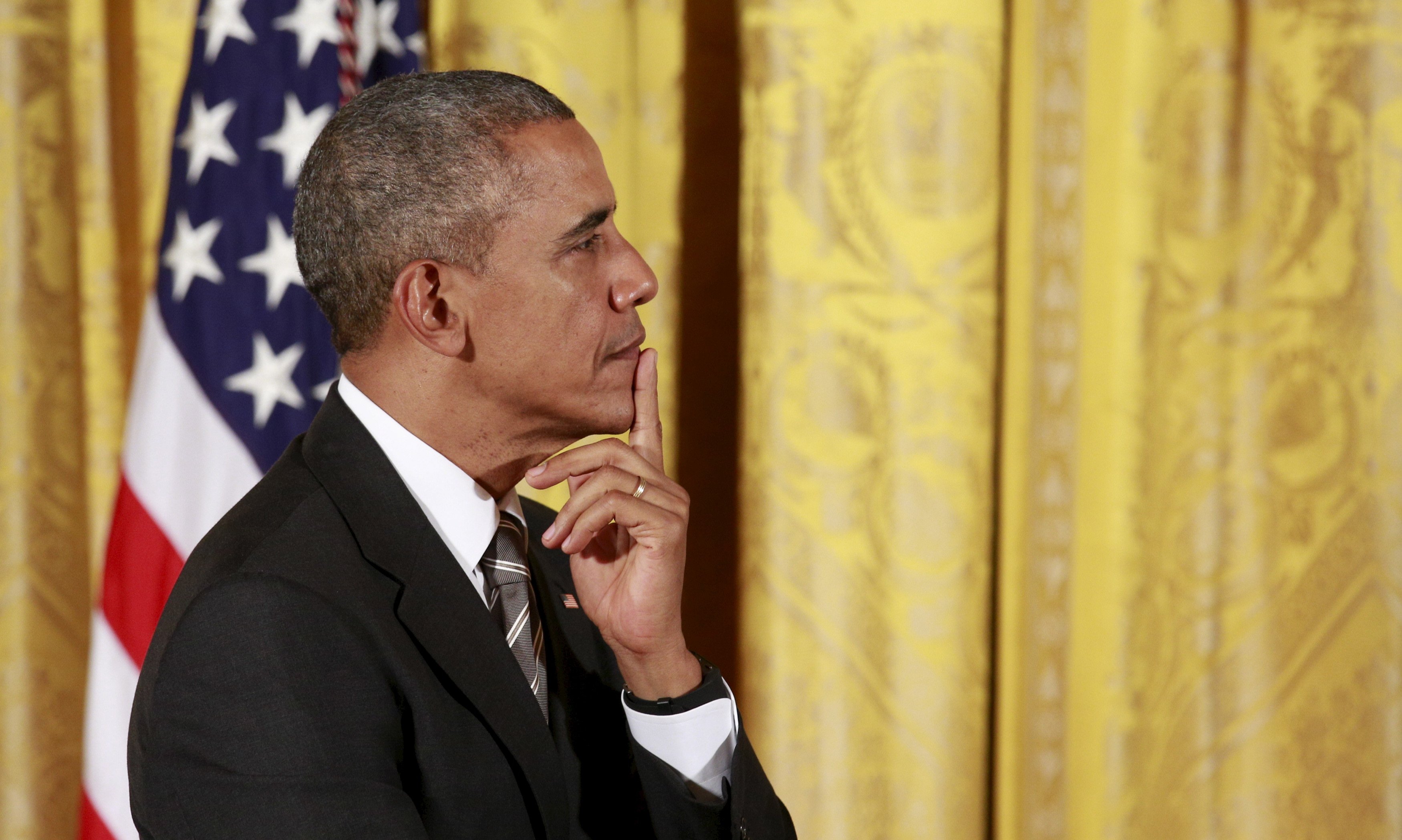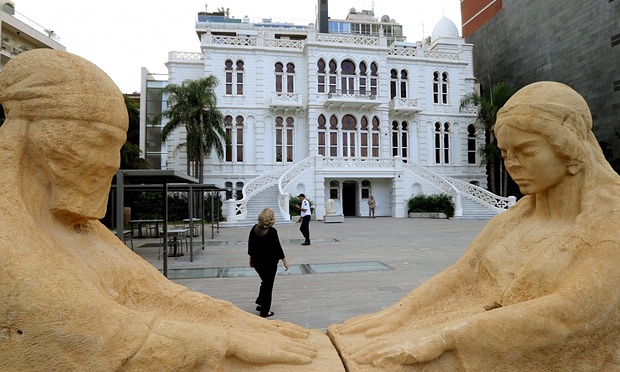By Reuters | Beirut
Thursday, 8 October 2015
Lebanon’s parliament speaker cancelled the last day of this week’s meeting aimed at discussing ways out of a political crisis after politicians made no progress on issues including high-level security appointments, the National News Agency said.
The three-day “national dialogue” called by Nabih Berri started on Tuesday and was aimed at finding solutions to a stalemate that has paralysed government and helped fuel weeks of street protests.The talks were set to run into Thursday but Berri postponed the next session until Oct. 26.
Is Beirut the codeswitching capital of the world?
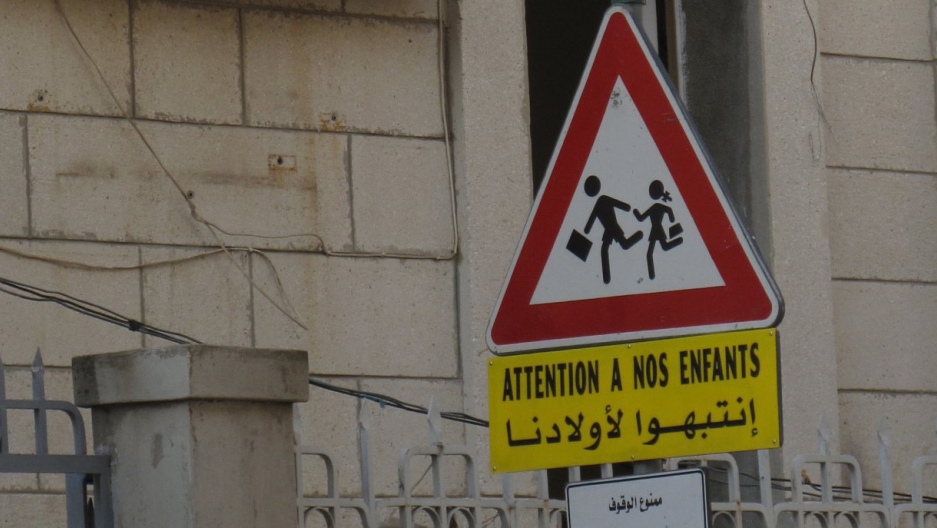
By Dalia Mortada (follow)
Just trying to pay for juice I have to switch back and forth from English to Arabic. The stand clerk starts in Arabic, “Here you go,” before switching in English, “these two [juices]?”
Pia Bou Khater is at the market with me. At the juice stand, she switches too. “Oh, I think I have change,” she says in English, before she continues in Arabic, “3000.”
Codeswitching this way is one of the characteristics that defines life in Beirut for visitors and for many Lebanese.
“When I’m interacting with people, like buying things or trying to bargain, I rarely switch,” Pia explains. “I do try to often figure out what the green leafy thing in question is, like, oh, is this the same as that in English? And then the word in French comes up,” she laughs, “and I’m like oh no I don’t know it in French, please stop making this difficult.”
Read more
“Five soldiers were wounded after a mortar shell landed inside their base
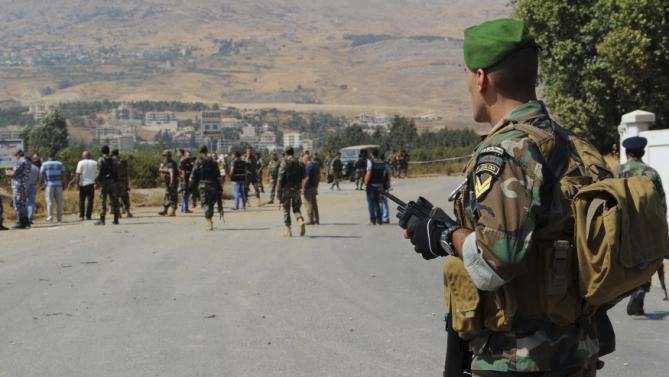
AFP Beirut: Five Lebanese army soldiers were wounded Wednesday when a mortar crashed into their base in the eastern town of Ras Baalbek near the Syrian border, a military source told AFP.
“Five soldiers were wounded after a mortar shell landed inside their base,” the source said, adding that it had been fired by “terrorist groups outside Ras Baalbek”.
“There are no clashes but we are responding now,” the source said.
Militant groups are entrenched in the mountainous border area near Syria and have used the arid terrain to launch attacks on Lebanese security forces.
Earlier this year, five Lebanese soldiers died in clashes with around 200 gunmen who entered Lebanon from the Qalamoun region of Syria.
Read more
One reason why men join ISIS is not flattering for the ‘caliphate’

Pamela Engel
ISIS has been met with some popular support in Iraq and Syria, but much of it might come from people’s desire for survival rather than authentic support for the militants’ ideology.
Reporters for The Washington Post interviewed dozens of people who have lived under ISIS’s rule in Iraq and Syria and found that many people join the terror group out of desperation and a lack of other options.
The quality of life for ISIS fighters and their families much better than it is for those who simply live under the terrorists’ control in the group’s self-declared "caliphate."
Experts and caliphate residents told Newsweek last month that there is a widening income gap between ISIS fighters and average civilians, who pay taxes to the caliphate’s authorities to fund ISIS fighters’ salaries.
Read more
